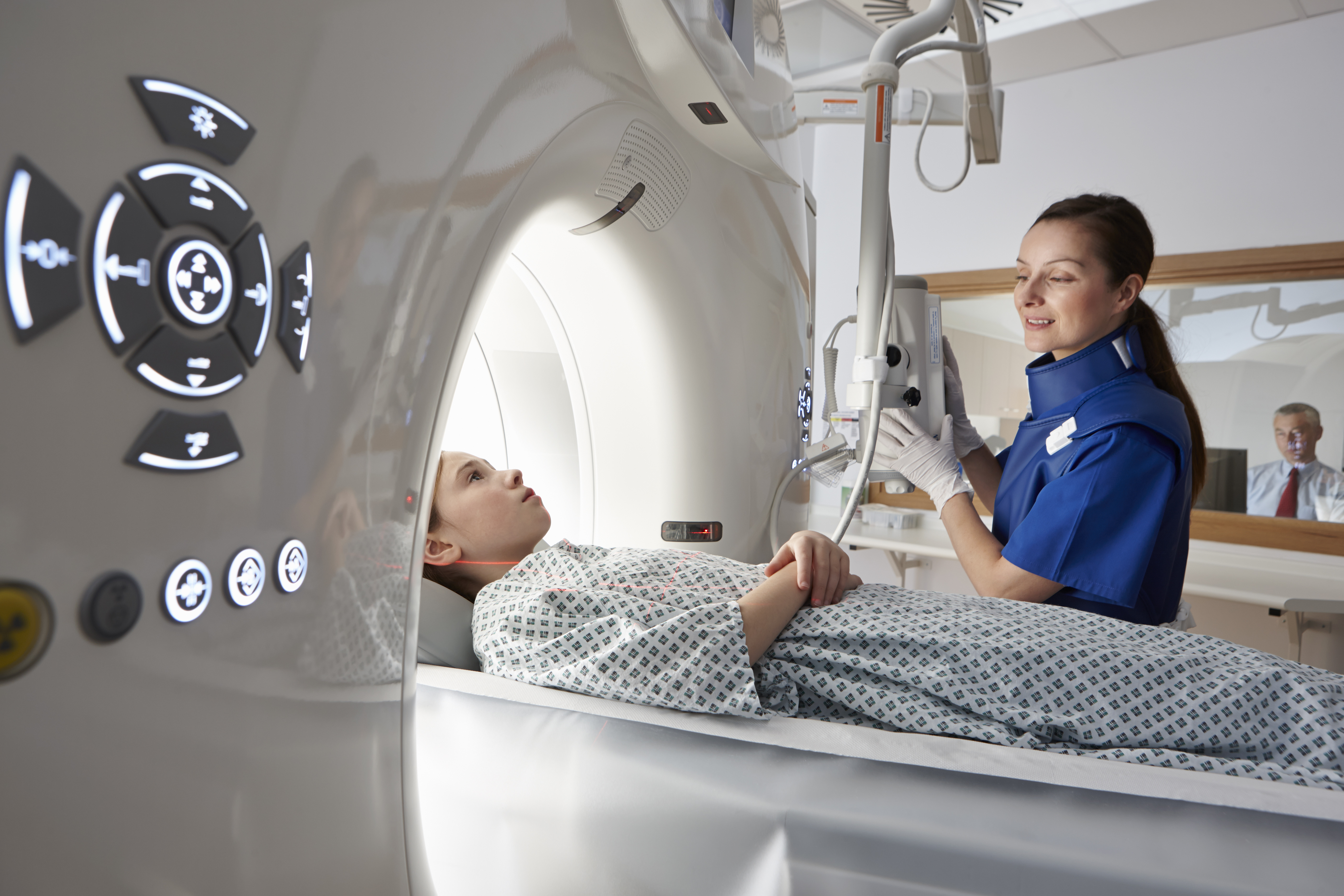
The SoR has been made aware of an increase in notifications to the IR(ME)R regulator in England (Care Quality Commission) concerning unintended diagnostic paediatric exposures.
This notice aims to support services delivering paediatric exposures to comply with the regulations.
Anyone making a diagnostic exposure of ionising radiation must ensure the exposure is optimised, meaning operators and practitioners must ensure the dose arising from the exposure is kept as low as reasonably practicable consistent with the intended purpose.
Medical exposure regulations
There is a requirement in regulation 12 (8)(a) to pay particular attention in relation to medical exposures of children.
For all paediatric exposures please:
- Always ensure operators are educated, trained, and assessed as competent to optimise paediatric exposures with reference to the appropriate local and national diagnostic reference levels and in collaboration with the Medical Physics Expert.
- Always ensure operators recognise when a process or a piece of equipment is not optimised for paediatric exposures and when equipment is not functioning as intended. Ensure effective escalation procedures are in place to prevent risk of harm from unintended exposures.
- Never use default manufacturer’s exposures without ensuring they are appropriate for the intended clinical use
- Never use adult exposures for children unless appropriate for the size and developmental age of the child
For more support, please see our free member webinars Optimisation, the Art of Radiography and Diagnostic Reference Levels and Dose Reference levels: What are they and how should I use them.
Helpful advice following CQC IR(ME)R inspections of specialist paediatric radiology services can be found here.
The Royal College of Radiologists has published Paediatric trauma protocols and The Image Gently Alliance offers useful additional resources.
Please also see the joint professional body guidance IR(ME)R: Implications for clinical practice in diagnostic imaging, interventional radiology and diagnostic nuclear medicine.
(Images: child receiving CT scan, by Phil Boorman via GettyImages)
